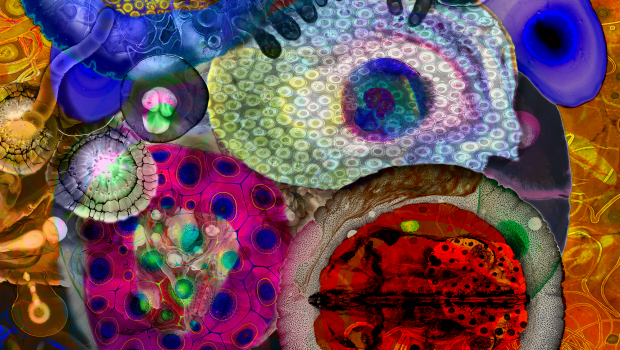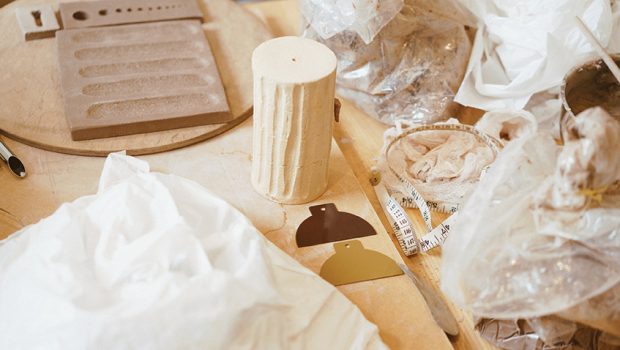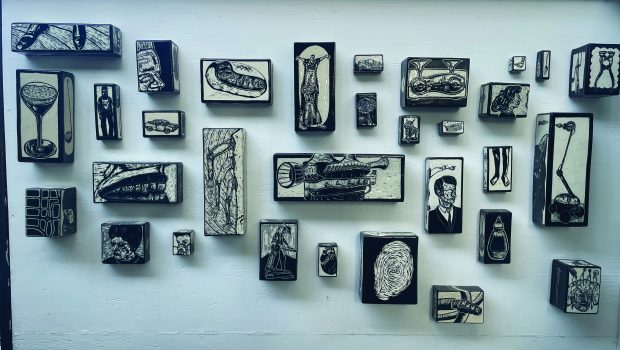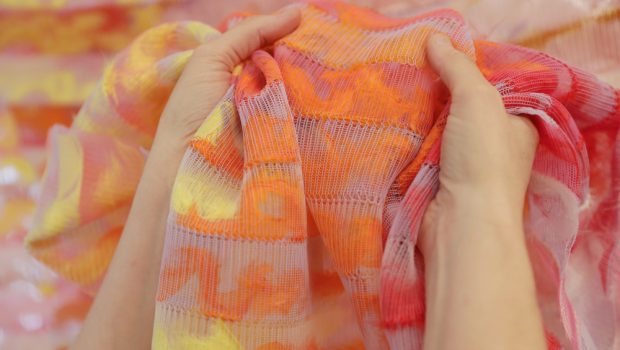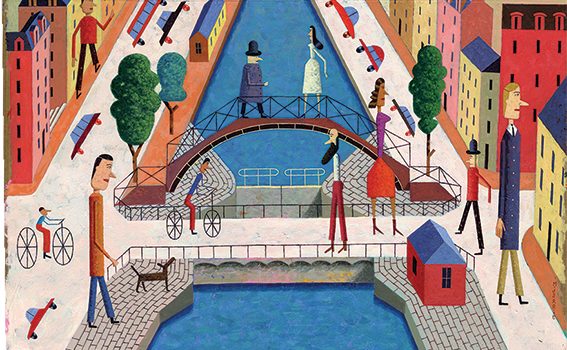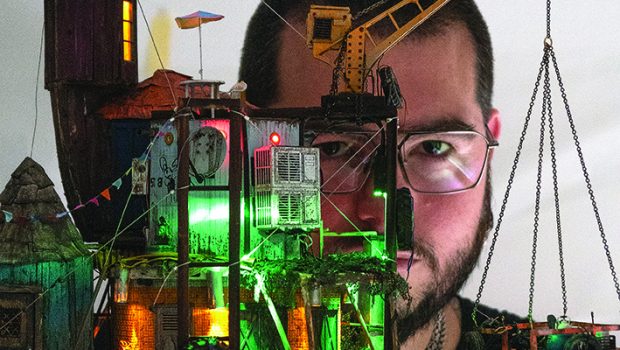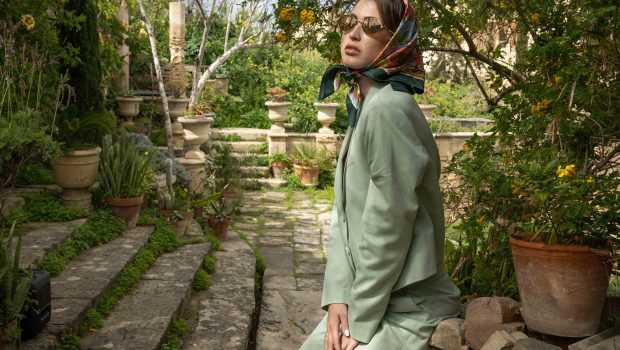Fondazione Prada
One of the brand-new cultural spaces - which was born thanks to the synaesthetic cooperation of fashion, art and design and the synergy between the city of Milan and one of its oldest fashion-house - is undoubtedly Fondazione Prada.
Words: Eleonora Salvi
The city of Milan is back in the limelight hosting new cultural spaces where fashion, art and architecture confront each other to create an open dialogue that benefits all forms.
Thanks to Expo 2015, there are many cultural initiatives that have involved the whole of Milan, which has seen new museums, public and private galleries that have once again changed its image in the last 3 years.
Milan is back in the limelight, and today is one of the most innovative cities, offering some of the most forward-looking cultural proposals in Europe to its residents and tourists.
One of these brand-new cultural spaces – which was born thanks to the synaesthetic cooperation of fashion, art and design and the synergy between the city of Milan and one of its oldest fashion-house – is undoubtedly Fondazione Prada.
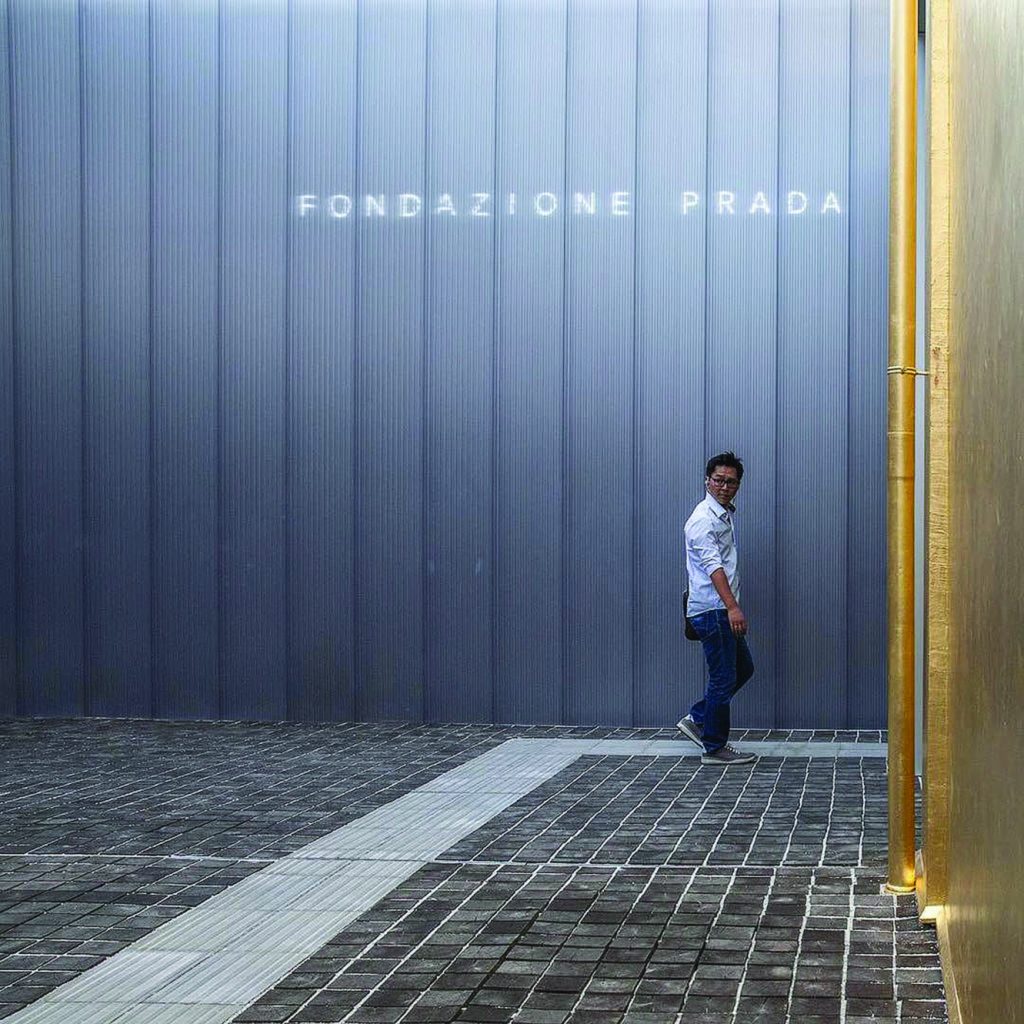
The foundation of the well-known brand was founded in 1995 and is currently presided by Miuccia Prada and Patrizio Bertelli. The first headquarters of Fondazione Prada opened its doors in 2011, at the eminent Palazzo Grassi along the Grand Canal of Venice.
Some of the most daring and immersive site-specific exhibitions (outside the Venice Biennale) have been held in its noble spaces.
After the success of Venice, the real challenge for Prada was the capital of fashion: it was necessary to conquer Milan. Thus, in May 2015, just a week after the opening of Expo, Fondazione Prada has inaugurated its monumental citadel.
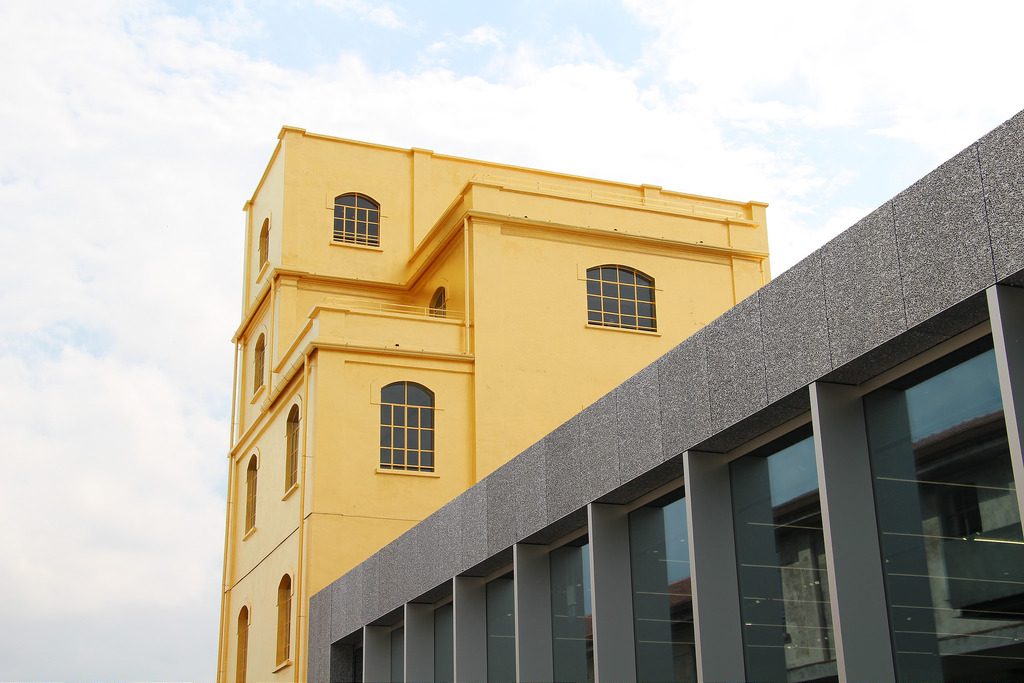
A museum project of this magnitude could only be signed by a Starchitect, like Rem Koolhaas. Fondazione Prada is located in a former industrial context just outside the city centre. Rem Koolhaas is carrying out numerous architectural projects all over the world that are often recognized as an example of bigness, so much so that Koolhaas is famous for his motto “Fuck the contest!” But Fondazione Prada in Milan is precisely the exception that proves his rule!
Fondazione Prada is the result of an excellent urban redevelopment project that has unearthed a distillery of the early twentieth century.
It has been transformed by OMA (the Office of Metropolitan Architecture led by Koolhaas) into a cultural space almost a century later; an enchanting place at the beginning of the Milan hinterland where future and conservation embrace each other.
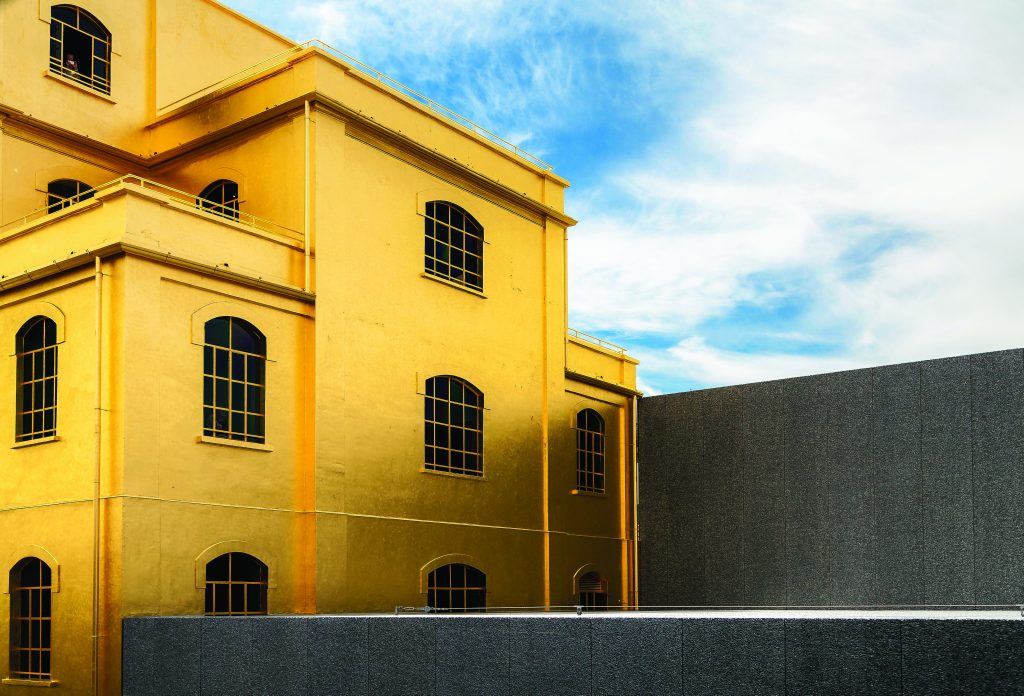
7 pre-existing buildings and 3 new buildings, Podium, Cinema, and Torre (Tower) compose this 19k square meter space. At the entrance there is the Bar Luce, designed by the American director Wes Anderson, who recreates with his special colour palette, the atmosphere of a historic Milanese cafe: the decoration of the ceiling and walls reproduce the Galleria Vittorio Emanuele.
The furnishings, the seats, and the terrace pay tribute to the Italian cinema of the 50s and 60s. Dipping into the past to reinterpret the future, then walking out of a thick building, covered with gold leaf stands in front of the bar, triumphing on the Podium – one of the main spaces dedicated to temporary exhibitions.
South Gallery is currently set up like a picture gallery. In the adjacent Deposit, there are small solo-exhibitions, usually site-specific, which tend to occupy the entire available spaces.
Some Milanese say, that the Cinema of the Fondazione Prada has the best screen and the most comfortable armchairs in the whole city; as well as the best programming.

Some may have doubts about it; just think about the Manzoni Cinema-Theatre, where a few years ago the Fondazione Trussardi (the other great foundation created by a Milanese fashion-house) hosted the site-specific solo-exhibition of the famous Swiss artist Pipilotti Rist.
It was one of the best aesthetic events that took place in Milan. And even regarding the movie-program, there is a great challenge in the city!
Another great foundation is Pirelli (Hangar Bicocca by Fondazione Pirelli); here beautiful solo-exhibitions of contemporary art are organized every 3 months. Hangar Bicocca asks each artist to choose a series of movies that will accompany the whole duration of the exhibition.
This is Milan, a patron city where the most illustrious brands build foundations that challenge each other through exhibitions, concerts and film festivals! Where local institutions fail, private brands, collectors and wealthy citizens arrive.
On the opening of the new Milan venue, Fondazione Prada presents a variety of activities and Roman Polański explores the cinematographic suggestions that inspired his films in a project that translates into an unpublished documentary and a film review.
La Torre is the last construction; it has just been completed, opening to the public in 2017. It’s spread on 9 floors for 8 large exhibition spaces, which seem to be autonomous galleries.
It is almost like those high New York buildings in the artistic districts of Tribeca and Soho, where you need to take the elevator to visit the contemporary art galleries, which are usually on the top floor. On LaTorre top floor, there is another bar-restaurant, an exclusive place from which you can see a wide view of Milan.
The Fondazione Prada is a private institution but at the same time an open museum, where the contemporary art permanent collection of the Prada family reveals itself to visitors always different. It consists of different exhibitions that converse each other affirming a taste that goes far beyond fashion, fitting perfectly with the present.
The art-fruition, although diluted in different spaces, is not fragmentary but continuous.
The ingenious curatorial trick of Fondazione Prada is to play with its artworks and the artists it represents, in a continuous and open dialogue between temporary exhibitions and the permanent collection.
It includes among its flagship artists: Louise Bourgeois, Damien Hirst, Edward Kienholz, Francesco Vezzoli, John Bock, Thomas Demand and many others.
In the OMA project, two dimensions accompany the conservation work and the idea of a new architecture which, remaining distinct, are compared in a process of continuous interaction.
Nonetheless, the multi-purpose and contemporary concept of museum space is preserved, and the white-cube concept is extremised; the concept of aseptic and minimal space doesn’t interfere with the artwork. These new buildings that are rising in the big cities, just before the metropolitan suburbs, are sacred, white exhibition spaces with a nice view, enclosed in an enlarged exoskeleton.
Architecture can become more radical. We are witnessing the emergence of new sublime urban architecture: new huge spaces, minimalist and unprecedented; alien creations, giant and radical.
As stated by Rem Koolhaas: “The Fondazione is not a preservation project and not a new architecture. Two conditions that are usually kept separate here confront each other in a state of permanent interaction by introducing so many spatial variables, the complexity of the architecture will promote an unstable, open programming, where art and architecture will benefit from each other’s challenges”.


